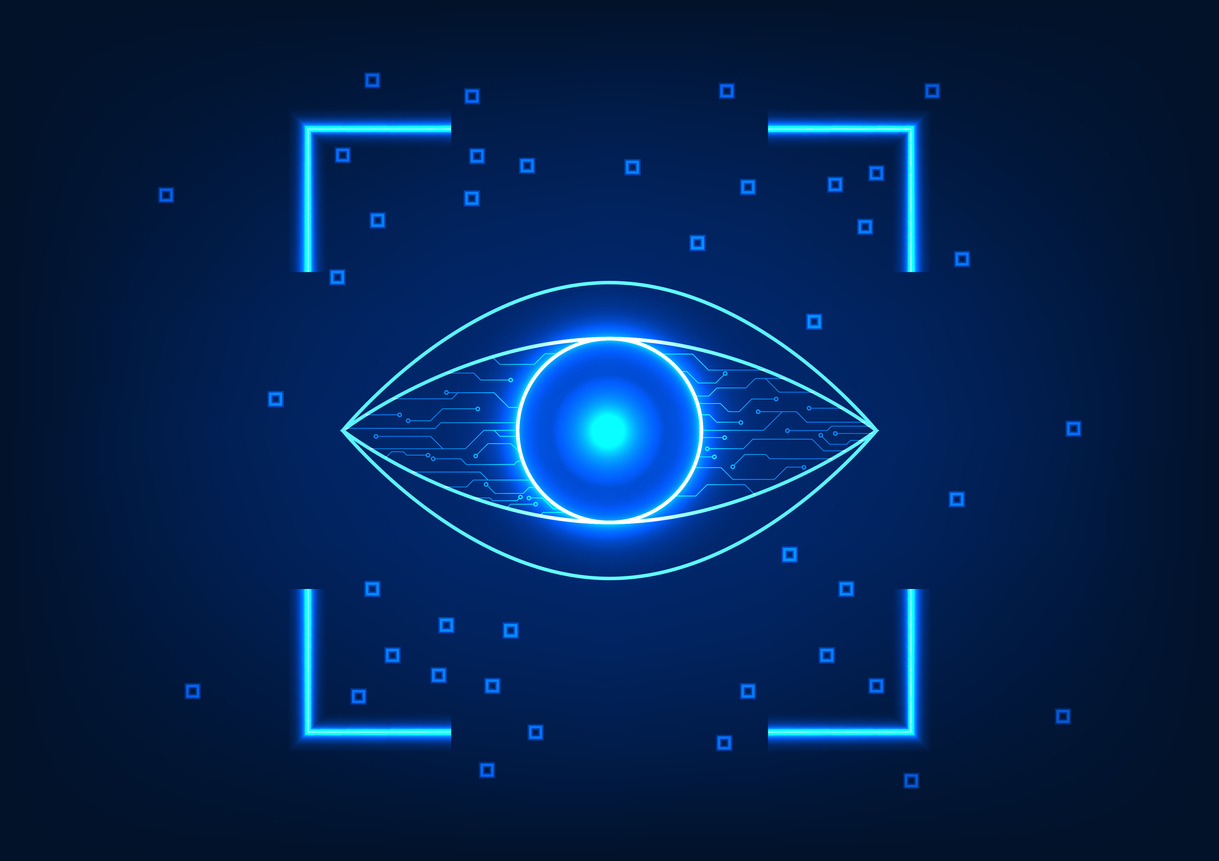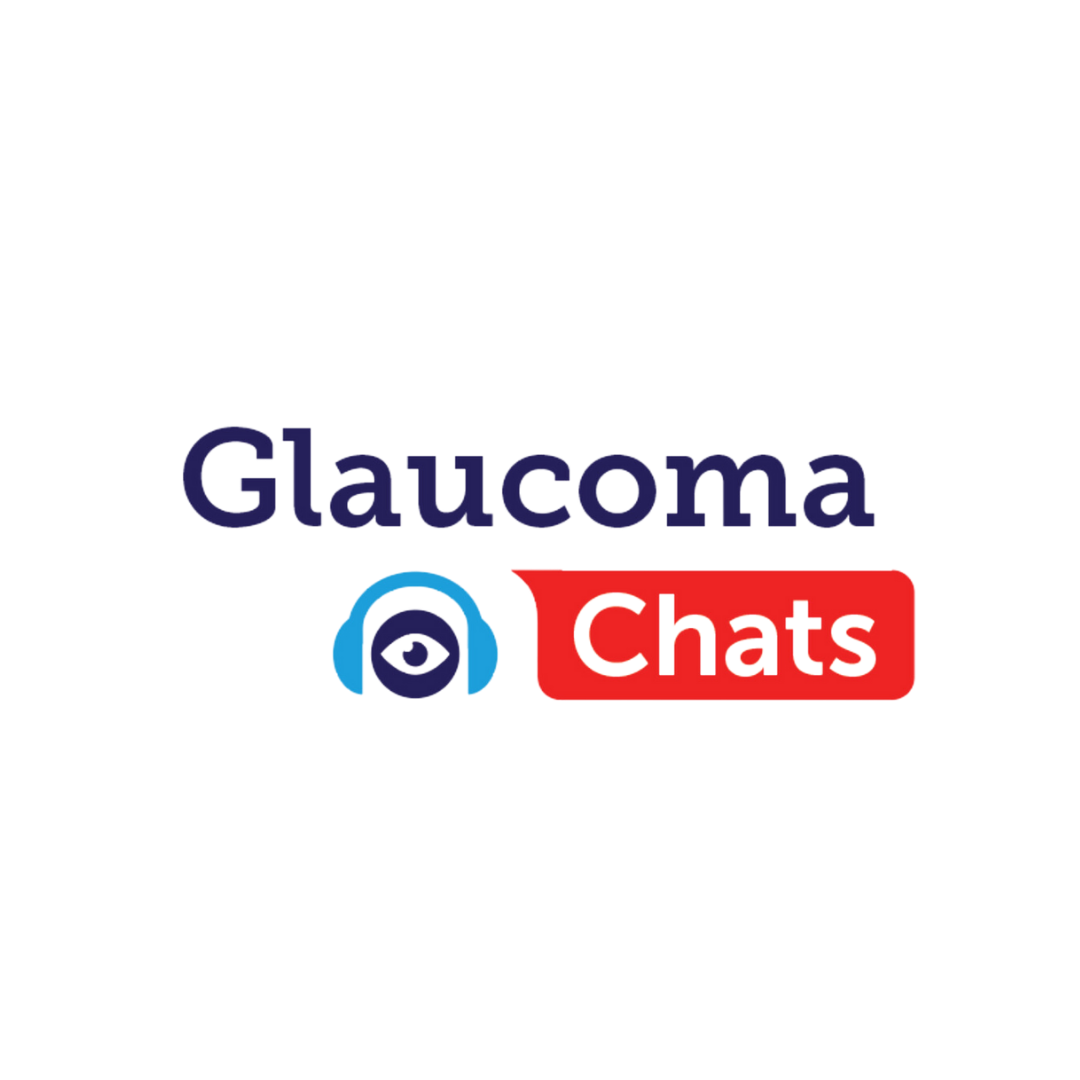
How quickly blindness can occur when someone has glaucoma is determined by many factors, including ones that you can control. Learn three important steps that can reduce your risk of going blind from this eye disease.
Glaucoma: A Disease of the Optic Nerve
Glaucoma is considered a slowly progressive neurodegenerative disease of the optic nerve. The optic nerve is comprised of the axons (nerve fibers) of the retinal ganglion cells that line the retina. Indeed, retinal ganglion cells are the final output nerve cell that connects the eye to the brain, so they play a very important role in your vision.
On average, we have 1 million retinal ganglion cells in each eye. Glaucoma damages the retinal ganglion cells and eventually causes them to die. Also, glaucoma typically damages the retinal ganglion cells in a pattern in which the peripheral (side) vision is affected first. These changes to vision typically go unnoticed because one eye can compensate for the other. This is fortunate because it means that it is only at advanced stages of the disease that the central part of the vision is impaired. In other words, for early and moderate stages, and sometimes even advanced stages of glaucoma, the central vision can remain at 20/20. However, in advanced stages, the peripheral vision will be severely affected, and activities that require peripheral vision, such as driving, would not be advised for both the safety of the driver and the safety of other motorists or pedestrians.
In the most common form of glaucoma, primary open-angle glaucoma, damage to the retinal ganglion cells occurs quite slowly. It may be possible, for example, that a person who is diagnosed early in the disease, before any field of vision changes are measurable, will never experience a reduction in his or her vision-related quality of life due to glaucoma. However, the later one is diagnosed with this eye disease, such as at moderate or advanced stages, the higher the likelihood of living with decreased vision and vision-related quality of life.
In addition, certain forms of glaucoma, such as primary angle-closure glaucoma, can have stages of the disease when damage is occurring more quickly. It is beyond the scope of this article to discuss every form of glaucoma and its potential relationship with the rate of vision loss, but one other “type” of glaucoma is important to mention: normal-tension glaucoma (or normal-pressure glaucoma). This form of glaucoma sometimes results in field of vision loss close to the central vision earlier in the course of the disease. This pattern of field of vision loss is certainly more concerning because vision-related quality of life due to glaucoma will be affected sooner.
Reducing the Risk of Blindness
So, how can you reduce your risk of going blind?
The reason an early eye exam is important is because the earlier stage at which you are diagnosed, the better your chances of not going blind from glaucoma. If you are visiting this webpage because you have already been diagnosed with glaucoma, then let your family members know and encourage them to have a comprehensive eye exam.
- The first step is to get a comprehensive eye exam, starting at age 60 as recommended by the National Eye Institute, or age 40 if you are African American because of the higher risk of glaucoma. You should consider an earlier exam if you have risk factors for glaucoma, which include the following:
- African, Hispanic, or Asian ancestry
- older age
- family history
- myopia (nearsightedness)
- diabetes
- history of eye trauma or steroid use
- The second step is to make sure you follow up with your ophthalmologist and continue your regular visits. If you are diagnosed with glaucoma, you will be forming a lifelong relationship with your ophthalmologist. During these visits, in addition to an eye exam, you may undergo field of vision testing and/or an imaging test of your optic nerve (OCT, short for Optical Coherence Tomography). The field of vision test provides critical information to your ophthalmologist about the stage of your glaucoma, and how quickly or slowly it is progressing.Treatment aims to slow progression and to prevent glaucoma from affecting your quality of life. Therefore, it is important for your ophthalmologist to continually monitor and assess your glaucoma. One of the primary ways to do this is to perform the field of vision test, sometimes frequently, if there is a question about the field of vision worsening.Once you have taken at least five fairly reliable tests, one of the most commonly used visual field machines will run a glaucoma progression analysis. It will graph out the visual field index (a measure of the completeness of the visual field) and predict what the visual field index will be in five years. While it is not perfect, and there is no crystal ball in glaucoma, this analysis can give your ophthalmologist and you a sense of whether you are someone whose glaucoma is rapidly progressing, more slowly progressing, or stable.
- The third step for reducing your risk of going blind is to optimize your treatment plan. From making sure that you are taking the correct eye drops and using the eye drops properly (see tips for using eye drops below) to undergoing treatments such as laser therapy or surgery as recommended by your ophthalmologist, you are in a partnership with your ophthalmologist to ensure you are optimally treated.Education is a big part of optimizing your treatment plan, and we encourage you to explore the articles on this website for other glaucoma treatment-related topics. This not only includes educating yourself on the newest medications and surgeries, but also understanding that the biggest burden of your treatment plan is most likely on you since keeping up with the medication regimen can be very challenging. However, there are methods that can help you, such as tying the use of your eye drops with brushing your teeth or other activities that you do every day. Setting phone alarms to remind you to take your eye drops can also be very helpful. Beyond medications, laser, and surgical treatment, you may also want to discuss with your ophthalmologist any lifestyle modifications that might help optimize your treatment.
In summary, while it is, of course, natural to wonder how glaucoma will affect your vision, it is very difficult to predict the future. Having an open discussion with your ophthalmologist about your concerns and fears should help you better understand your treatment plan and prognosis.
About BrightFocus Foundation
BrightFocus Foundation is a premier global nonprofit funder of research to defeat Alzheimer’s, macular degeneration, and glaucoma. Through its flagship research programs — Alzheimer’s Disease Research, Macular Degeneration Research, and National Glaucoma Research— the Foundation has awarded nearly $300 million in groundbreaking research funding over the past 51 years and shares the latest research findings, expert information, and resources to empower the millions impacted by these devastating diseases. Learn more at brightfocus.org.
Disclaimer: The information provided here is a public service of BrightFocus Foundation and is not intended to constitute medical advice. Please consult your physician for personalized medical, dietary, and/or exercise advice. Any medications or supplements should only be taken under medical supervision. BrightFocus Foundation does not endorse any medical products or therapies.
- Eye Health









